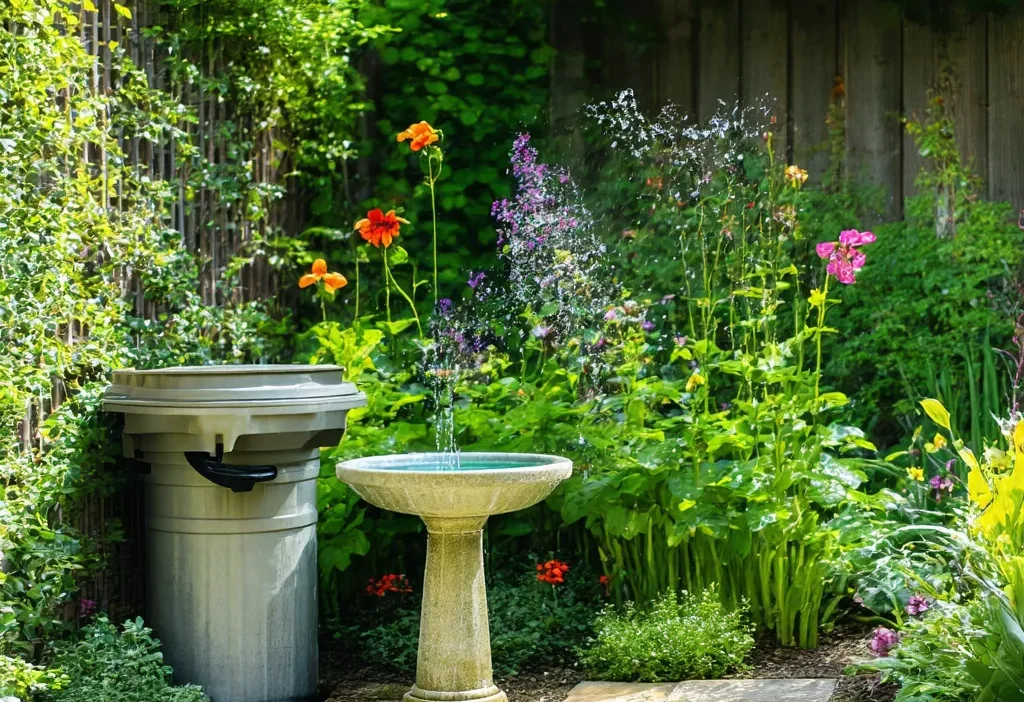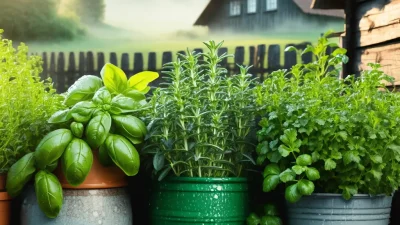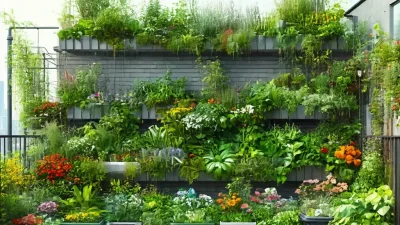Eco-Friendly Practices: Your Guide to Sustainable Gardening
Gardening is more than just a hobby; it’s a way to connect with nature and contribute positively to the environment. Sustainable gardening takes this connection further by focusing on eco-friendly practices that benefit both your garden and the planet. Whether you’re a seasoned gardener or just starting out, incorporating sustainable methods can make a significant difference. Let’s explore how you can create a greener, more eco-conscious garden.
Understanding Sustainable Gardening
Sustainable gardening involves creating and maintaining your garden in harmony with nature, minimizing environmental impact while maximizing benefits. This approach considers the long-term health of the soil, water conservation, and biodiversity. By adopting sustainable practices, you not only enhance your garden’s productivity but also contribute to a healthier planet.
1. Composting: Turning Waste into Wealth
Composting is a cornerstone of sustainable gardening. It transforms kitchen scraps and yard waste into nutrient-rich compost, reducing landfill waste and providing free fertilizer for your plants. Here’s how you can get started:
- Collect organic waste like fruit peels, vegetable scraps, and garden trimmings.
- Create a compost pile or use a bin to contain the materials.
- Mix green (nitrogen-rich) and brown (carbon-rich) materials for optimal decomposition.
Regularly turning the compost ensures oxygen flow, accelerating the process. Once ready, spread it over your garden beds to improve soil structure and fertility.
2. Water Conservation: Every Drop Counts
Water is a precious resource, and sustainable gardening emphasizes its efficient use. Consider these water-saving techniques:
- Drip Irrigation Systems: Deliver water directly to plant roots, reducing evaporation and runoff.
- Rainwater Harvesting: Install a rain barrel to collect water for irrigation during dry spells.
- Native Plants: Choose plants suited to your climate, requiring less water once established.
Incorporating mulch around plants also helps retain soil moisture and suppress weeds naturally.
3. Embracing Native Plants
4. Organic Pest Control
Pests are an inevitable part of gardening, but sustainable methods focus on natural solutions rather than harmful chemicals. Try these organic pest control strategies:
- Introduce beneficial insects like ladybugs to combat pests.
- Use neem oil or insecticidal soap for spot treatments.
- Practice crop rotation to disrupt pest life cycles.
Maintaining a balanced ecosystem in your garden can deter pests naturally, reducing the need for synthetic pesticides that harm the environment.
5. Soil Health: The Foundation of Your Garden
Healthy soil is teeming with life, supporting plant growth and water retention. Build your soil’s health by:
- Avoiding synthetic chemicals that disrupt soil organisms.
- Add compost or well-rotted manure to enrich the soil.
- Practice cover cropping to protect and nourish the soil during off-seasons.
Healthy soil not only grows better plants but also sequesters carbon, contributing to climate change mitigation.
Tips for Starting Your Sustainable Garden
If you’re new to sustainable gardening, start small and gradually incorporate these practices. Begin with a compost pile or rain barrel and choose a few native plants to add to your garden. As you gain experience, expand your efforts to include more eco-friendly methods.
Conclusion
Sustainable gardening is a rewarding way to nurture nature while enjoying the beauty of your garden. By focusing on composting, water conservation, native plants, and organic pest control, you can create a thriving ecosystem that benefits both your garden and the environment. Remember, every small step towards sustainability makes a difference. Happy gardening!
Have you tried any sustainable gardening practices? Share your experiences in the comments below!





